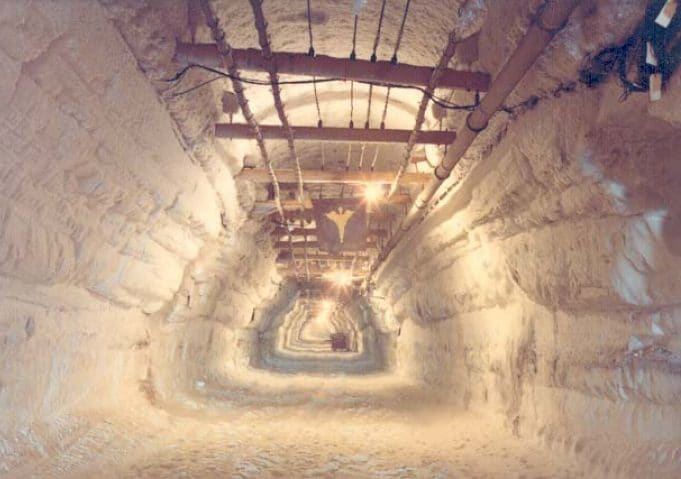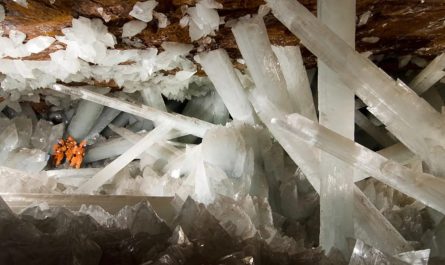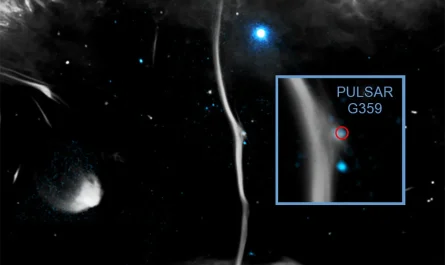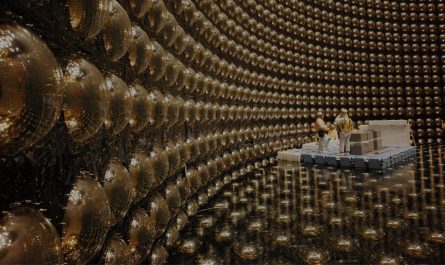During the Cold War, the United States and the Soviet Union searched for new ways to deploy nuclear weapons safely and strategically. One of the boldest ideas was to build a missile base beneath Greenland’s thick ice sheet. Officially described as a scientific research project, Project Iceworm was in fact a top-secret military plan.
Origins – Why Greenland?
In the late 1950s, the U.S. Army Corps of Engineers and the Pentagon explored the idea of constructing a nuclear missile base under the ice. Greenland offered an ideal location — close enough to the Soviet Union for medium-range missiles to reach key targets in less than 20 minutes.
The massive ice layer also provided natural protection, hiding the base from satellites and enemy aircraft. To disguise the true purpose, the U.S. launched a “scientific” Arctic research station. In reality, it tested the technology needed for underground military operations in extreme conditions.
Camp Century – The Hidden Ice City
In 1959, engineers began building Camp Century, an experimental base beneath the Greenland ice. It consisted of over three kilometers of tunnels carved by special machines. The base included living quarters, laboratories, a hospital, a kitchen, and storage facilities.
Electricity and heat came from the PM-2A nuclear reactor — one of the first portable reactors ever used. It operated from 1960 to 1964 before being dismantled. Soon after, scientists found that the ice was slowly shifting. The tunnels deformed, proving that long-term use was impossible.
The Real Mission – Project Iceworm
The real goal was to deploy up to 600 nuclear missiles across a massive tunnel network under the ice. These missiles could be moved between launch positions, making detection extremely difficult. The system would give the U.S. a huge strategic advantage in a potential war.
However, engineers soon discovered major problems. The ice’s constant movement made the tunnels unstable. At the same time, Soviet activity in the Arctic increased, risking exposure.
By 1966, the United States quietly abandoned the plan. The reactor was removed, but chemical and radioactive waste was left behind, sealed beneath the ice.
Long-Term Consequences – A Hidden Environmental Threat
At the time, officials believed that Camp Century would remain frozen forever. Climate change has since proved them wrong. Greenland’s ice is melting rapidly, and scientists warn that toxic materials could soon be released into the environment.
Studies have found traces of radioactive fuel, diesel, and chemical waste buried at the site. As melting accelerates, these pollutants could reach the ocean and cause serious ecological damage.
Both Denmark and Greenland have urged the U.S. to take responsibility for cleanup efforts. So far, Washington has offered no clear plan.
Legacy of Project Iceworm
Project Iceworm stands as one of the most daring and secret Cold War experiments. It showed how far superpowers were willing to go for nuclear dominance — even beneath shifting glaciers.
The project also reminds us how geopolitical ambition can lead to long-lasting environmental consequences. Decades later, the story of Camp Century remains frozen in time — a warning from the Cold War era about the risks of secrecy, power, and the human impact on our planet.



